You might think that weather is the only factor in deciding the best time to visit Bali. Yes, the rainy season or dry season can have a big influence on your stay but there is more.
From our experience, we learned that you can visit Bali all year round. You can even expect a lot of sunshine in the middle of the wet season too. Rain or sunshine. Each season in Bali has its beauty.
If your holidays fall in the rainy season, we recommend still considering Bali as a destination.

You could be surprised to find out that there are other things that might be more important in deciding which time you wish to visit this tropical island.
We have listed 7 points you should consider so Bali’s conditions fit with your holiday expectations:
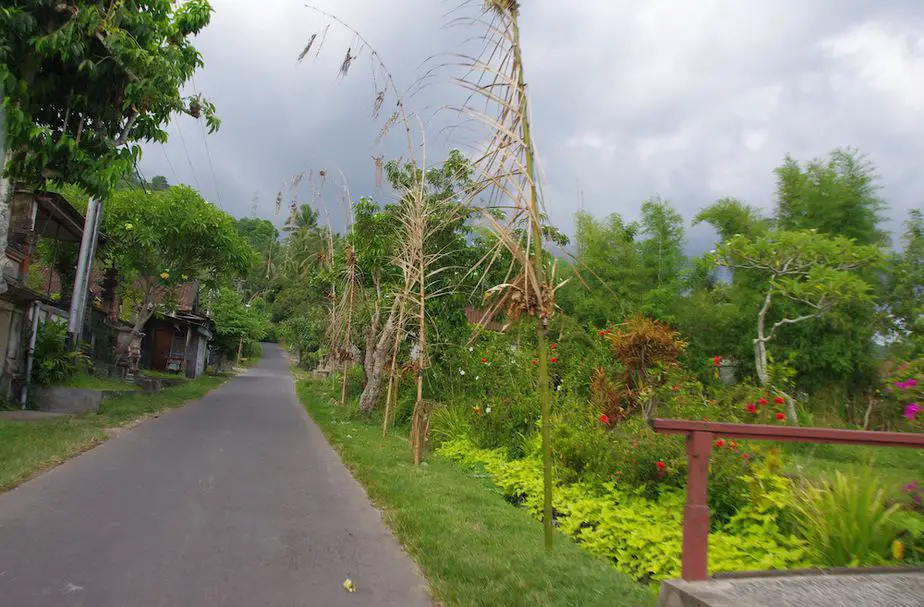
Tip #1 Check the Weather in Bali
Bali has just two seasons; the wet season (monsoon) and the dry season. During the monsoon, the humidity level can reach 97%. So you can imagine that if you add the high temperature to the high humidity it can become a sweaty situation.
Despite the humidity, it can get pretty chilly after a heavy downpour. So make sure you bring some warm clothes with you too.
The good thing about it is that the rain can fall from the sky like buckets of water and often stops within an hour leaving a refreshing scent.
So when is the rainy season in Bali?
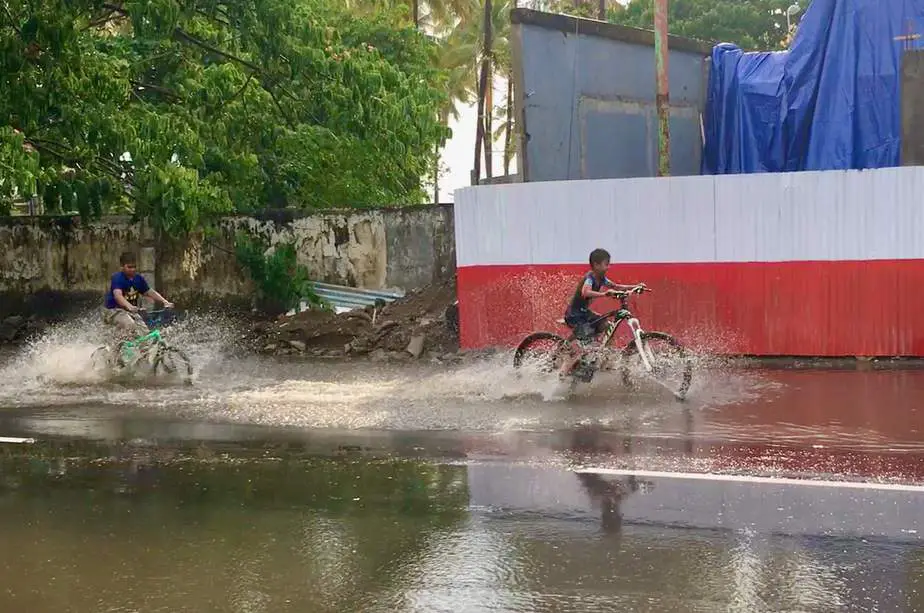
The rainy season in Bali runs from November until April. In reality, the rain can come later or it can keep on pouring well into the month of May.
In the months December and January the island experiences the highest amount of rain.
After a heavy spell of rain, it can start to flood and you will not be able to see the difference between the swimming pool and walking path anymore.
Small roads in the mountain regions are known to be flooded and occasionally a bridge will be inaccessible too. Typically these spells are short tropical showers. After the rain, there’s often sunshine.
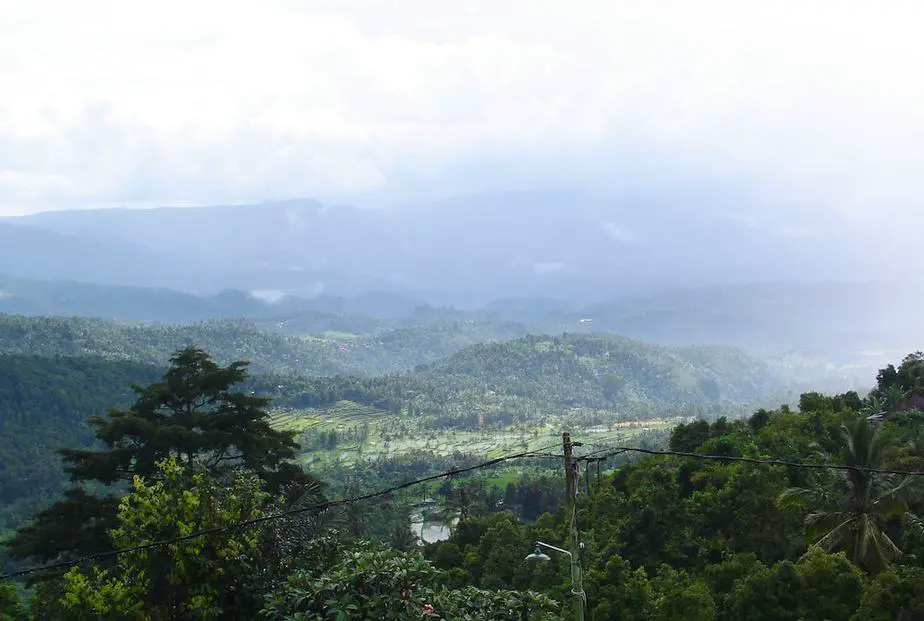
Unlike other parts of Asia, such as the east coast of Malaysia, Bali’s monsoon isn’t very dramatic. Rain can fall, but very unlikely for days on end. It is also possible that it even doesn’t rain for a couple of days.
Once we stayed in Ubud during the rainy season. We were lucky that it was only raining during the night. During the day it was dry.
Another time we were in Munduk. During that rainy season, it seemed like the clouds had set an alarm clock. Almost at the minute it would start raining at 3 pm. So we always made sure we planned all our activities before the heavy rain would come.

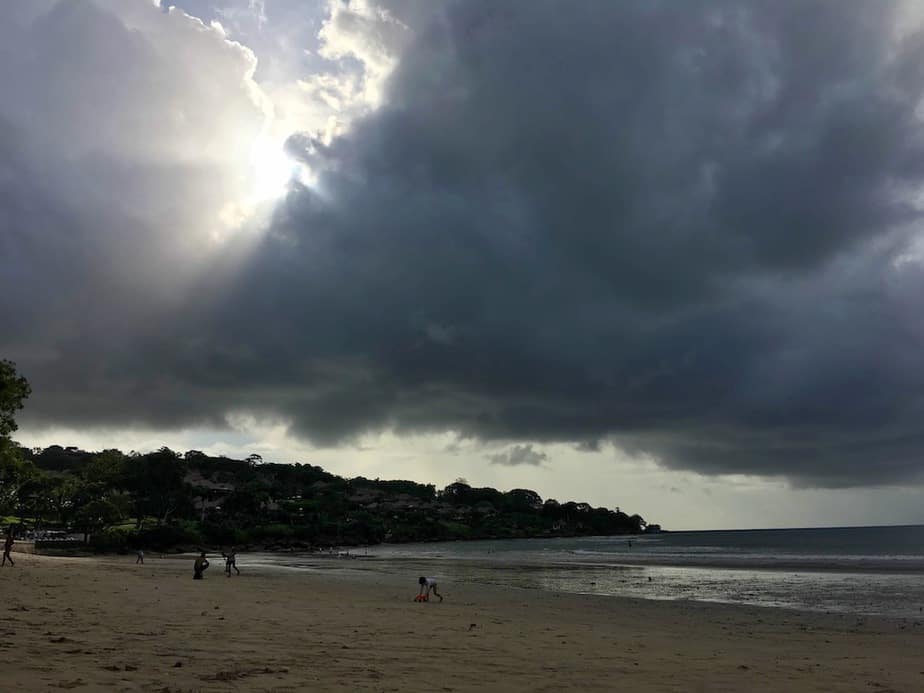
Of course, you can’t guarantee ‘perfect’ weather in the monsoon season. If the weather gods aren’t favoring you then there can be a couple of days with continuous rain.
When does the dry season start in Bali?
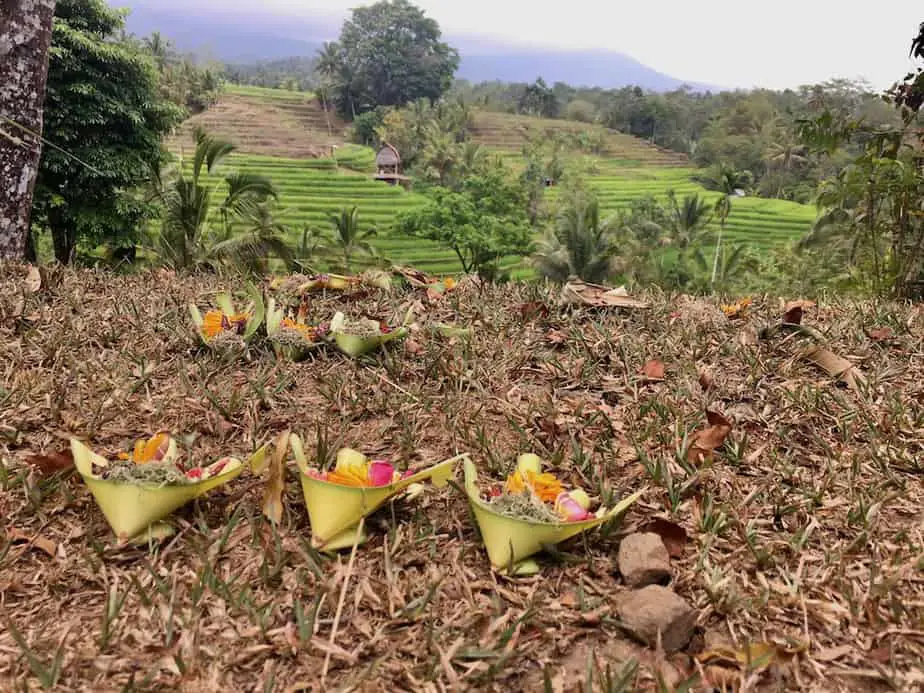
Theoretically, the dry season in Bali is from May until October. During the dry season, there isn’t much rainfall at all. If it rains (often during the night) it’s only for a short period of time.
Temperatures can easily reach 32ºC making it sometimes too hot to go for a stroll (which you should avoid between 10.00 and 15.00). That said, there’s always a nice breeze coming from the sea.

As mentioned earlier we don’t really take the weather into consideration when we travel to Bali. We, of course, prefer the bright sunny skies to the rain but rain is also often welcoming after a warm day. The landscape is beautifully green.
And you have to admit, the tropical scent after a heavy rain mixed with insence at the offerings is unique and can’t be found anywhere else.
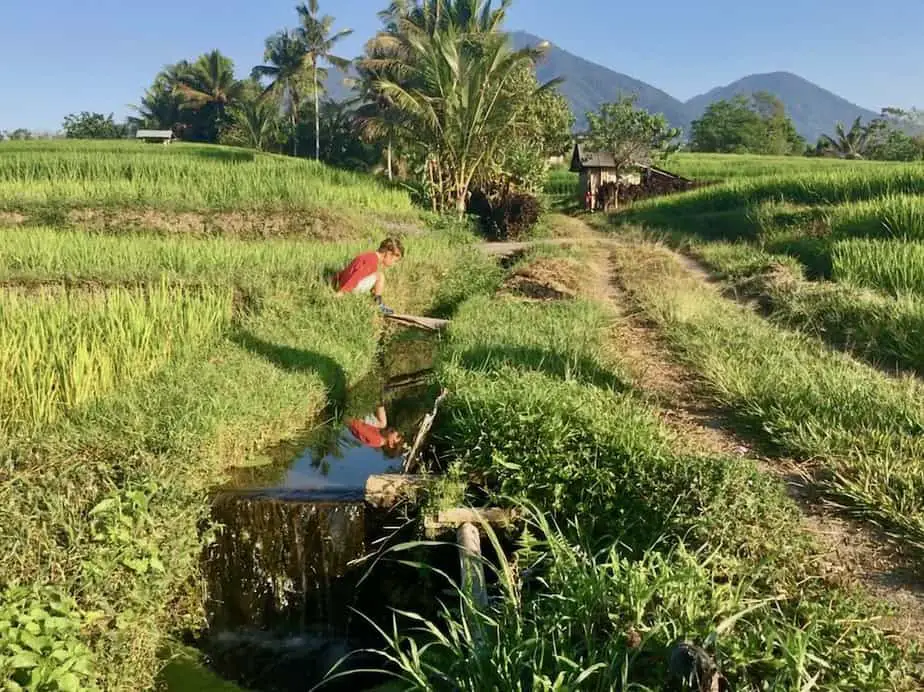
Towards the end of the dry season, you can see that the vegetation desperately needs water. If you chat with the Balinese, the arrival of the rain is the main topic of conversation.
Despite the drought, rice fields are still very stunning due to the ingenious irrigation system.
Tip #2 Check the climate
Bali is a pretty small island. However, the mountains have a major impact on the island’s climate. This doesn’t only influence the temperature and rainfall, but also the entire landscape. The landscape in the central part of Bali looks totally different than that of the southern tip.
In the areas of Batukaru, Munduk, and Batur the temperature hardly climbs to 30ºC. Sometimes you even need a sweater in the evening. Here rain can fall more regularly resulting in a green landscape.

Ubud can be very comfortable at night as well. Sometimes you don’t even need to switch on the air conditioning when going to sleep.
Not only does the high latitude of the mountains influence the landscape but also the lee -and windward side. For instance, Gunung Agung has a large influence on the north-east and east of the island. The windward side of the mountain is incredibly green while the leeward side only shrubs seem to survive with the lack of water.
This is particularly the case in North East Bali towards Tulamben and Amed where the landscape is extremely dry but driving a bit further to these villages, you will suddenly see stunning rice fields.
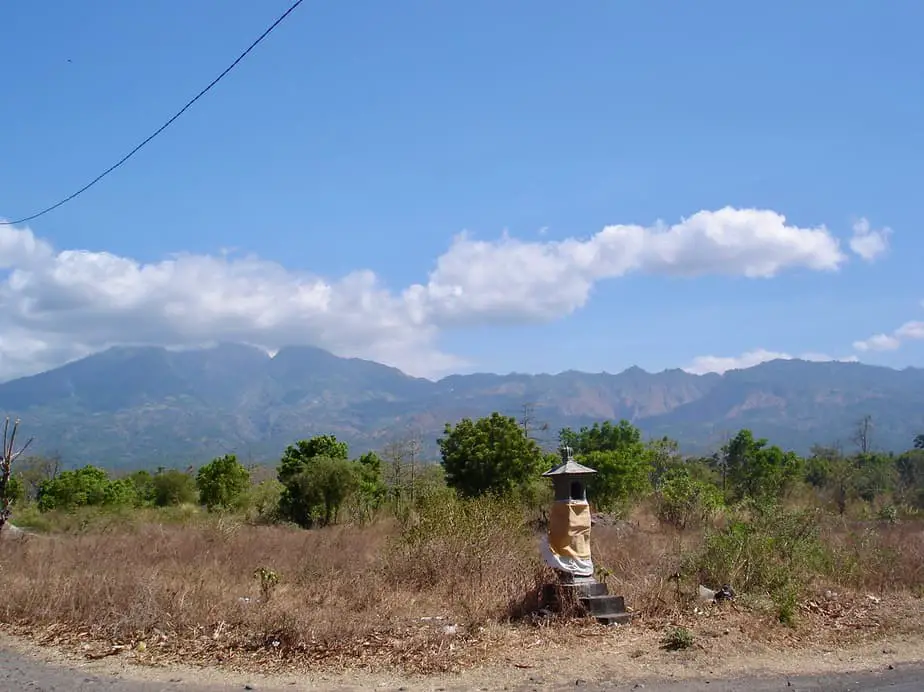

The weather in the south of Bali can be sizzling hot especially when you stay at the Bukit. This is the area that runs from Jimbaran to Uluwatu.
The land is very arid and you don’t find many trees compared to the other parts of Bali. Here they even need water trucks to water the gardens or the many swimming pools.
Luckily once you’re at one of the many beaches there’s often a breeze so you can cool down.
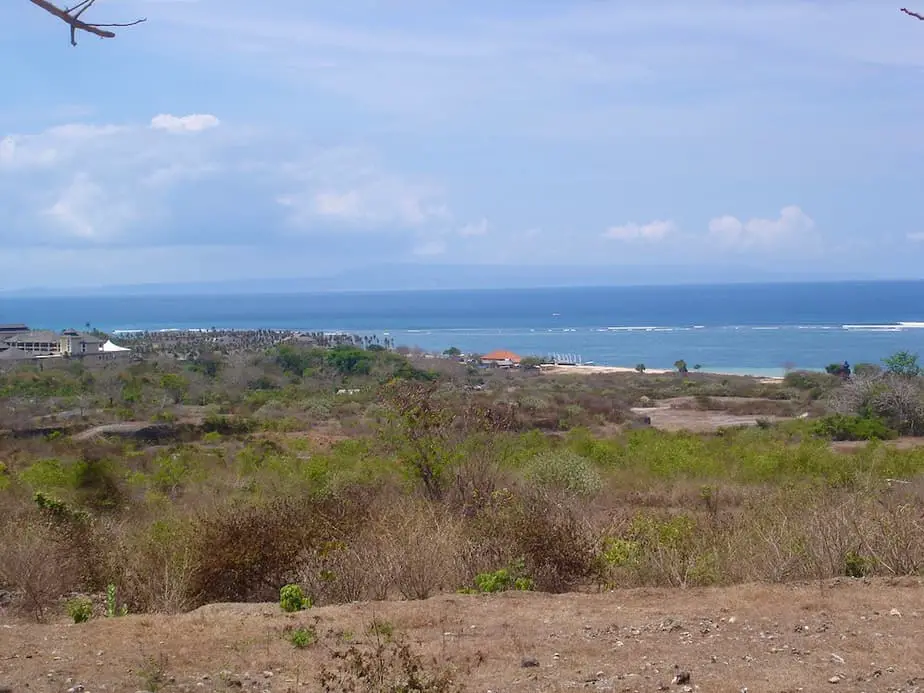
Tip #3 Check High tide/Low Tide
Sanur and Nusa Dua are famous for swimming in the blue calm waters. But don’t be shocked to arrive there one morning or afternoon to see that the water has almost disappeared. All you see is seaweed and boats on dry land.

At Sanur Beach, the high tide and low tide set in very quickly. We are always surprised how fast the water rises or disappears without us really noticing.
But during low tide in Nusa Dua it looks like the water suddenly vanished. It is a totally different picture than the ones you see on the travel websites.
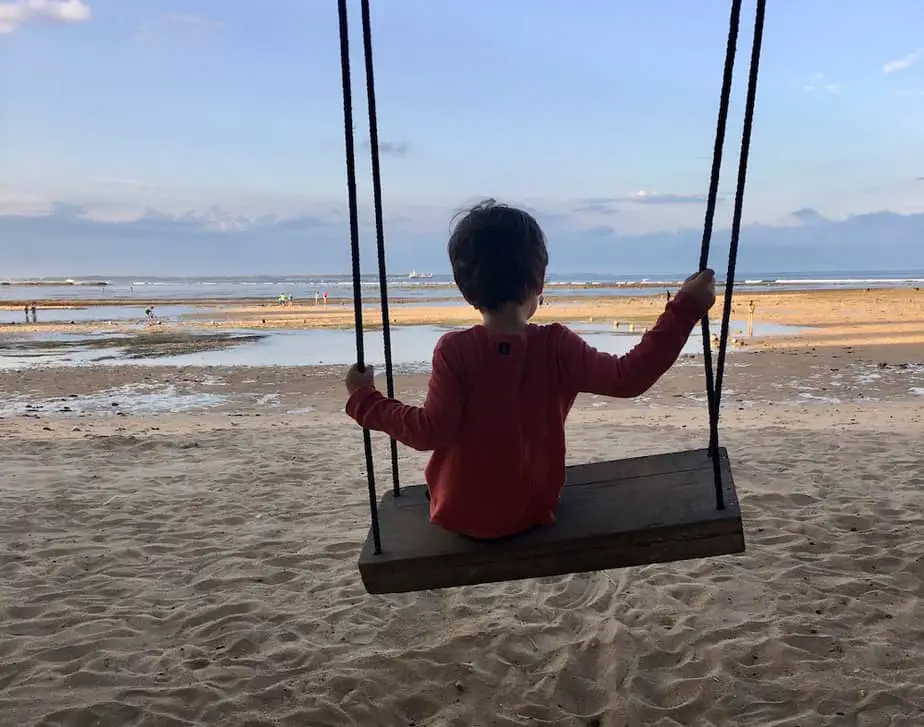
Therefore it is important to check the tides during your stay. The full moon also has a huge effect. The ‘spring tides’, when there is a full moon or a new moon create extremely high or extremely low tides.
Check out Tides Near Me App (for Iphone) or the Tides Near Me App (for Android) to see when the low tide hits the beaches. It can make a difference in booking beachfront accommodation.

Luckily with small children, low tide can be enormous fun. Checking for sea creatures in crystal clear water is an easy way to spend the morning.
Tip #4 Check Activity Conditions
Hiking, diving, and surfing are all dependent on the weather conditions and type of season. When is the best time to do these three activities?
When Is The Best Time For Hiking in Bali?
Gunung Agung is often closed for hikers during the rainy season. So if you want to increase your chances of reaching the summit, definitely go during the dry season. The best is the month of May to September. You will often be rewared with clear skies and views as far as Lombok and Java island.
On the other hand there are many other hikes accessible during the rainy season. Trails such as those in Munduk, the Twin Lakes, Ubud, etc can be done year-round. We especially enjoy these areas the end of the rainy season when the vegetation is verdant and rivers find their way easily to the ocean.
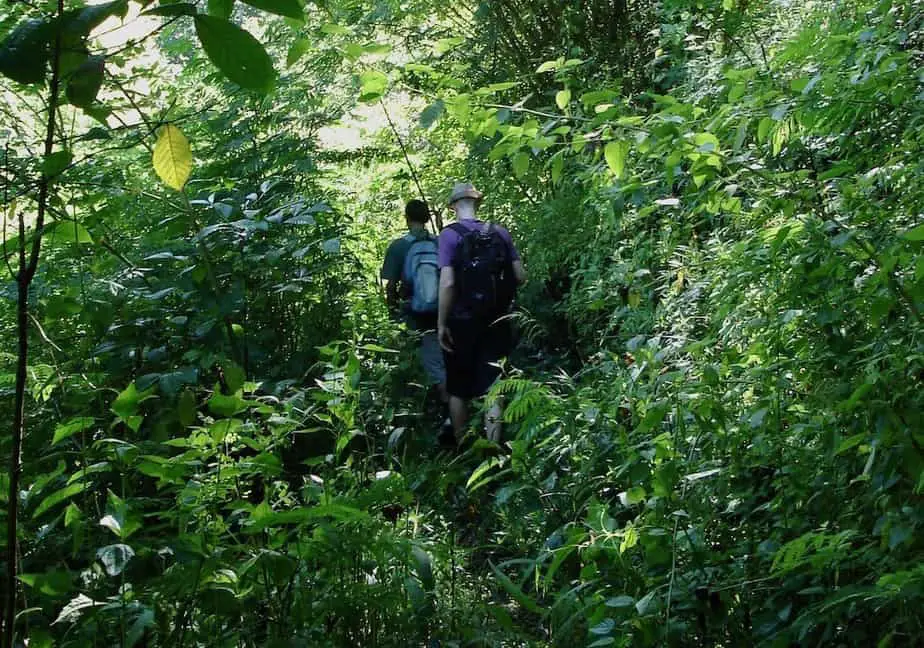
When Is The Best time for Diving and Snorkeling in Bali?
The sea temperature varies between 27ºC and 29ºC all year round.
Theoretically, the best time to go diving in Bali is during the dry season. In diving sites such as Menjangan, Amed, and Padangbai you will sometimes have visibility of 40 meters.
However, there are also clear days during the rainy season, making the conditions ideal for diving too. So basically diving can be done year-round. If there are winds or other bad weather conditions such as a thunderstorm, dive operators are flexible and will rebook your trip during the rainy season.
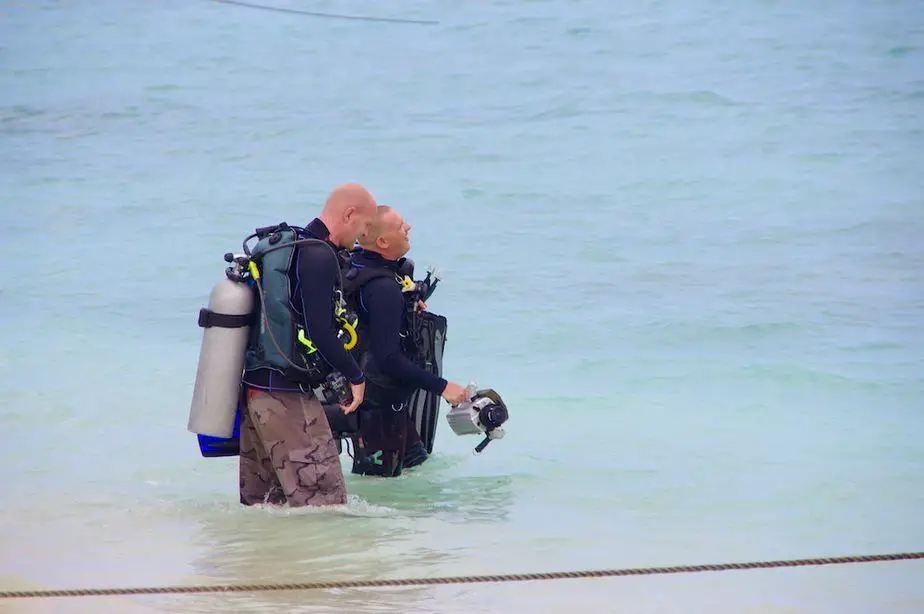
Divers who wish to see certain species have to double-check when it is best to go.
The Bali Sunfish (Mola Mola) is usually spotted daily in July and August. But if you want to avoid the crowd then you can consider going ealier or later. Manta Rays are found year-round at Nusa Penida too.
When Is The Best time for surfing in Bali?
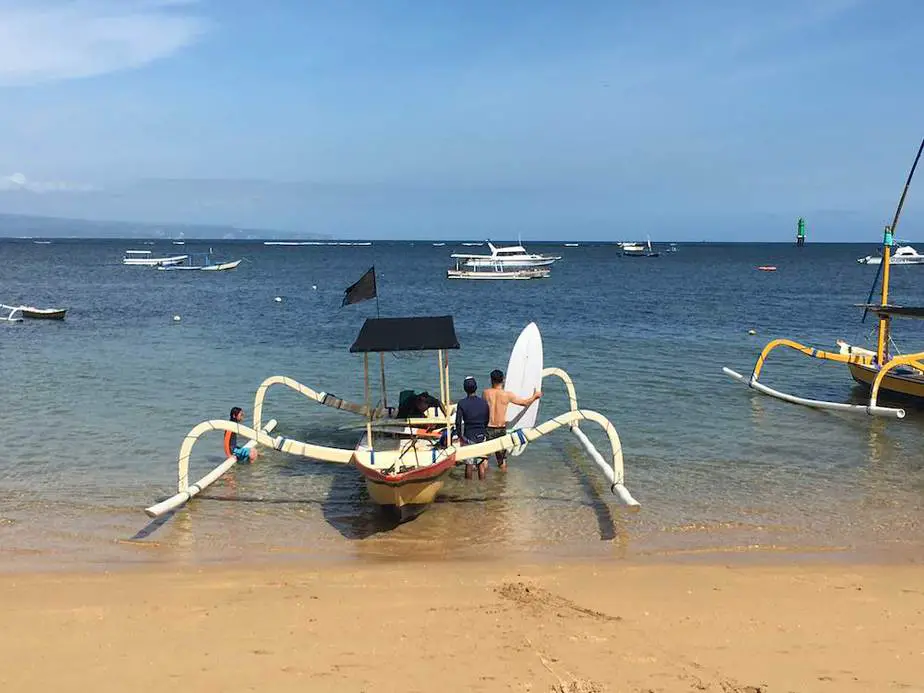
Surfing is possible all year-round but some beaches have better waves during a specific season.
During the dry season, surfing is best along the west coast and at the beaches in the southern part of Bali, at the Bukit Peninsula. These surf spots are also good when the rainy season is about to set in.
Surfers tend to head to the east coast during the rainy season (November to March). During this period Sanur Beach and Nusa Dua Beach become more attractive. Green Bowl Beach is a good option for advanced surfers.
Tip #5 Check the Festival & Ceremony Dates
The Balinese calendar is full of religious festivals and ceremonies. Despite traveling through Bali for so many years we always find it fascinating to watch festivals and ceremonies taking place. It is what makes Bali unique.
Expect to see colourful decorated streets, temples, and many processions.
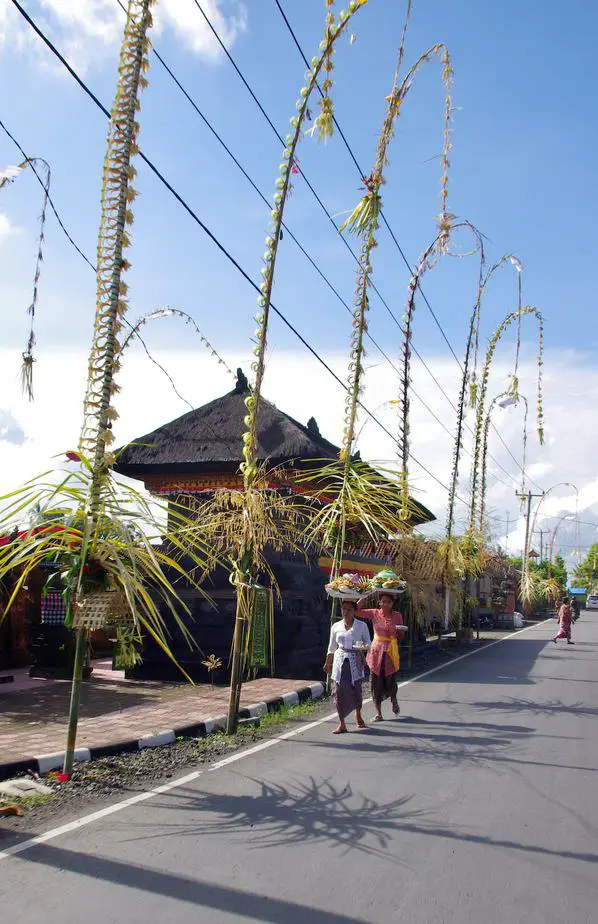
So if possible, try to experience Galungan, Kuningan or even Nyepi. Luckily these religious festivals (except Nyepi) last weeks and are held according to the Pawukon calendar which has 210 days. So twice a year (about 7 months apart) according to the Gregorian calendar.
Temple ceremonies (Odalan) are also an exceptional sight. During the Odalan the founding of a specific temple is celebrated. Bali has thousands of temples so every day there is a ceremony taking place. For photographers this is might be one of the highlights.

The Odalan at big and important temples are even more mesmerizing. For instance, if you want to witness this event then try to go on or just before the following date: August 28, 2020, March 26 and October 21, 2021, May 20, December 16, 2022.
Other things you might want to consider before traveling to Bali are festivals you might want to attend, such as the Bali Arts Festival, the Ubud Readers and Writers Festival, the Sanur Village Festival, etc.
Tip#6 Look out for the Trash Season
Today Bali is not only known for its beaches but also for its trash. From December to March the currents bring loads of trash from the ocean to the beaches. And it’s not just a bit, every day huge piles of trash dominate Seminyak, Canggu, Kuta, Legian and Jimbaran beach in particular.
Rivers are also known to bring a lot of debris and trash from the mountains to the sea during the rainy season.

Like many things with mother nature, you never know when there will be litter. In 2018 Jimbaran we were shocked that Jimbaran was so dirty. We couldn’t even swim in the water without feeling all the plastic. But in the same month in 2019, Jimbaran was one of the nicest beaches to go to.
This makes it difficult to decide if you should or should not go to Bali during this period of time.

Nowadays trash one of Bali’s biggest headaches. During the rainy season, beaches can be covered with so much rubbish that bulldozers are needed to remove it.
Fortunately, there are many beach clean-up initiatives from local organizations and beach resorts. You are likely to see groups of people cleaning up the rubbish early in the morning, only to do it again the next day 🙁
Tip #7 Check High/Low Season
The high-season in Bali is July, August and the days before Christmas until the first week of the New Year. During these periods the number of travellers and prices can double. If you need to travel during the national holidays (Chinese New Year, Hari Raya Puasa/End of Ramadan Holiday) make sure you book way ahead.
All the other months are considered the low season, with the month March, April and May being the quietest.
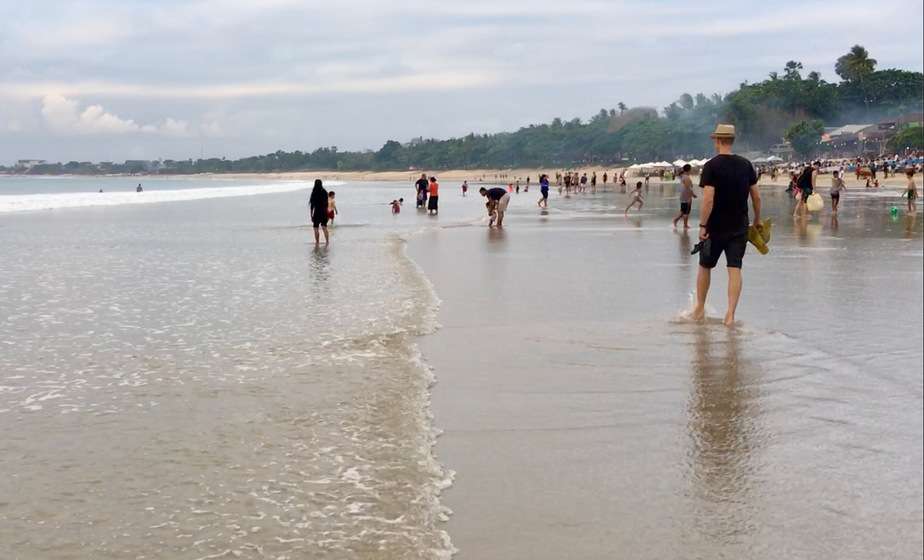
Other little things you might want to consider are the weekends, especially Sundays. Indonesians love to go out and fully enjoy the beaches at sunset and the cool temperatures in the mountains.
So on these days it can get busy. We kind of like it. Kids play together and there is a sense of happiness. Everybody is enjoying themselves. And after spending a couple of quiet days in for instance Sanur, a buzzing Sunday at the beach can sometimes be welcoming.

